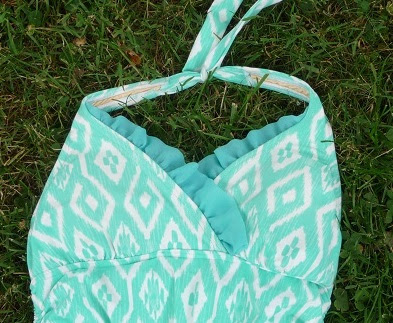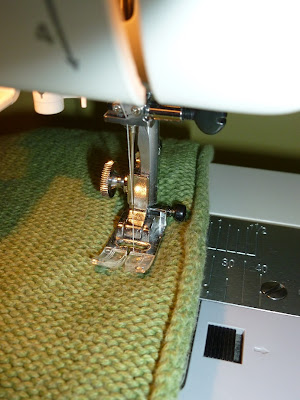Here are some ideas for adding straps on a strapless dress...
a simple white strapless dress
A small ribbon attached in the center and tied behind the neck adds a little support, but not a lot more coverage
A little more coverage is given with a fairly wide piece of fabric (this works really well with sheers like chiffon or tulle) in a ruched halter style --
attached just in front of the arms or spread across the entire front
Try two wide strips of lace
straight across the shoulders
or crisscrossed in the back
or switch it up a bit and crisscross it in the front
Here's a wider piece of lace (contrasting fabric would be pretty too) again in a halter style, but without the gathers.
Ribbon is an easy addition. You can use it in a lot of the same ways that we just looked at with the lace..
simple straps
halter style
Really, the possibilities are endless! Depending on the fabric and style of the dress, you should be able to come up with something the compliments and enhances the design, while at the same time adding a little more coverage or support.
Is there any method you have used to put straps on a dress or top? Please share!






















































